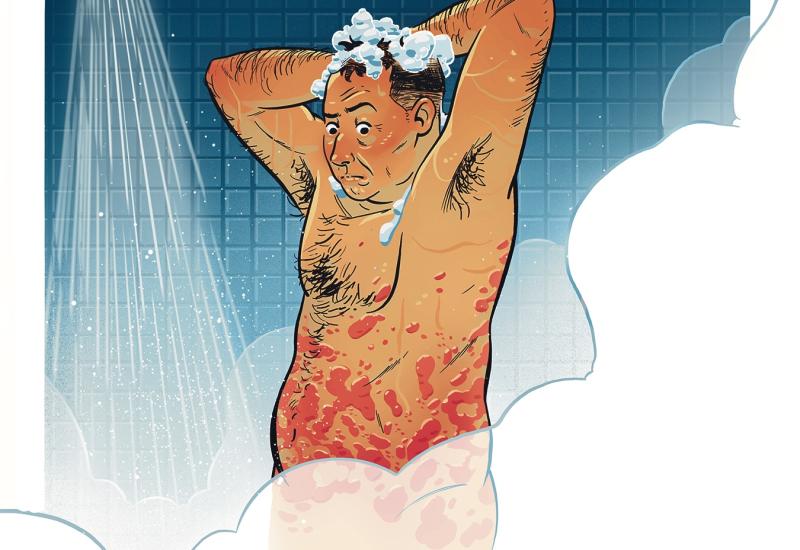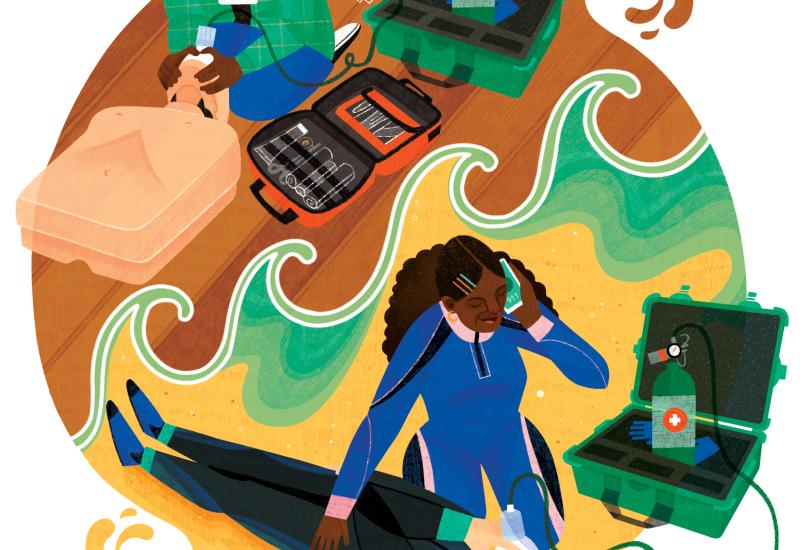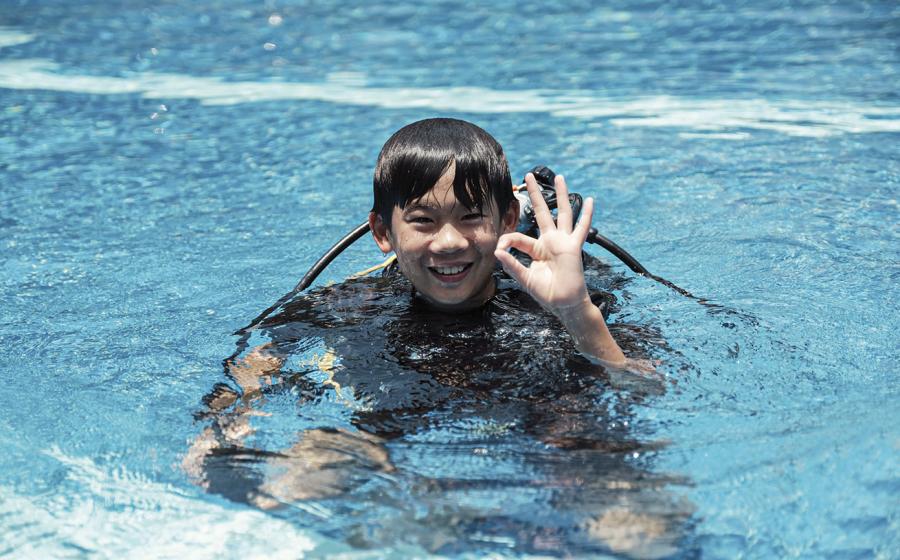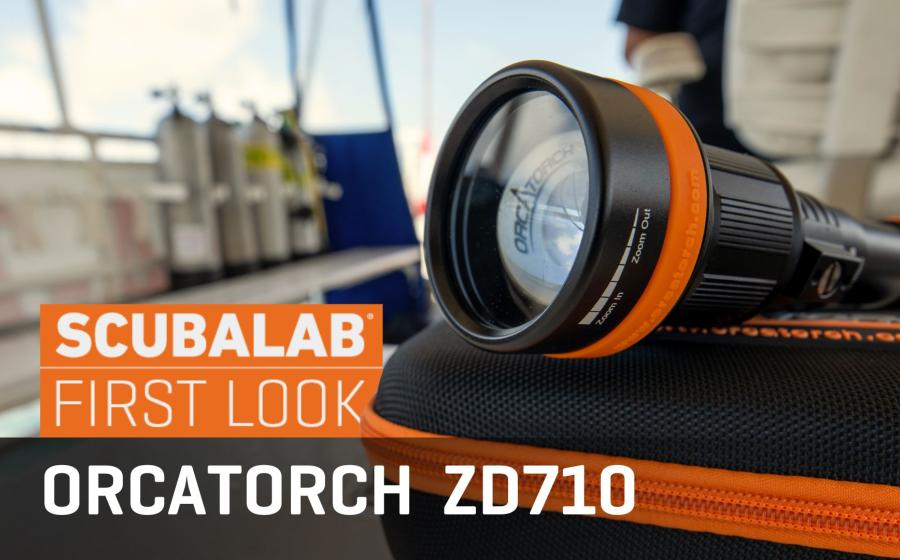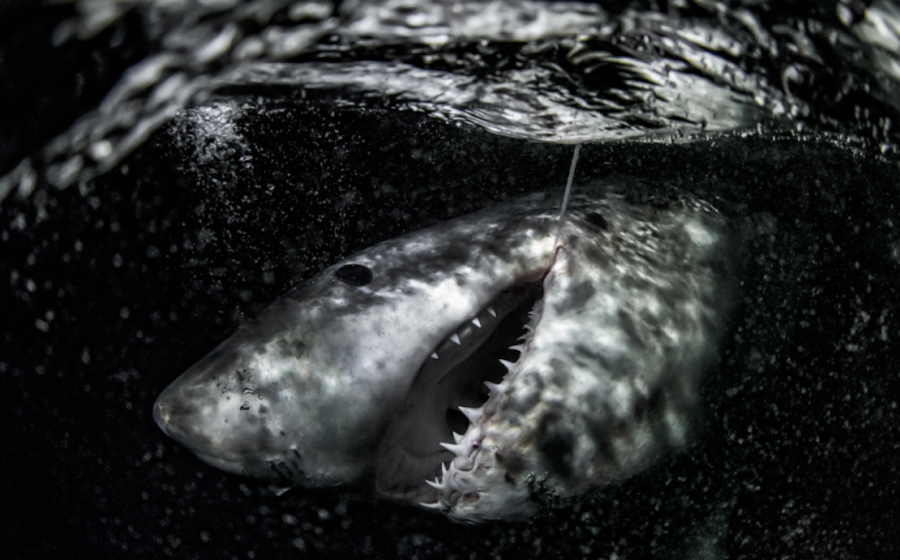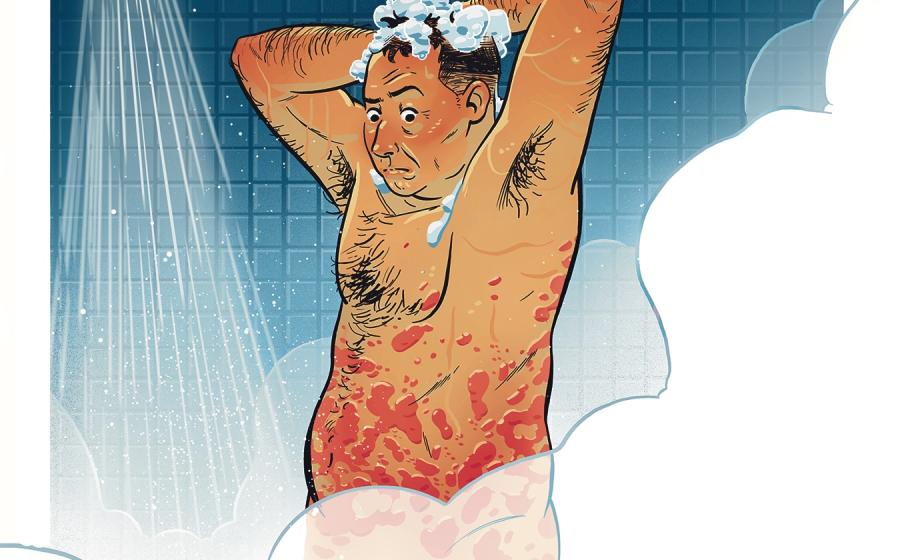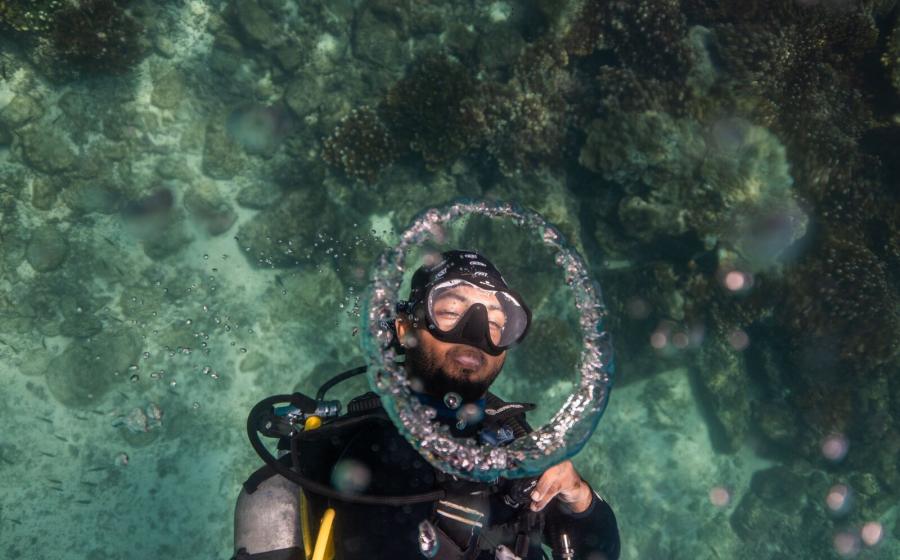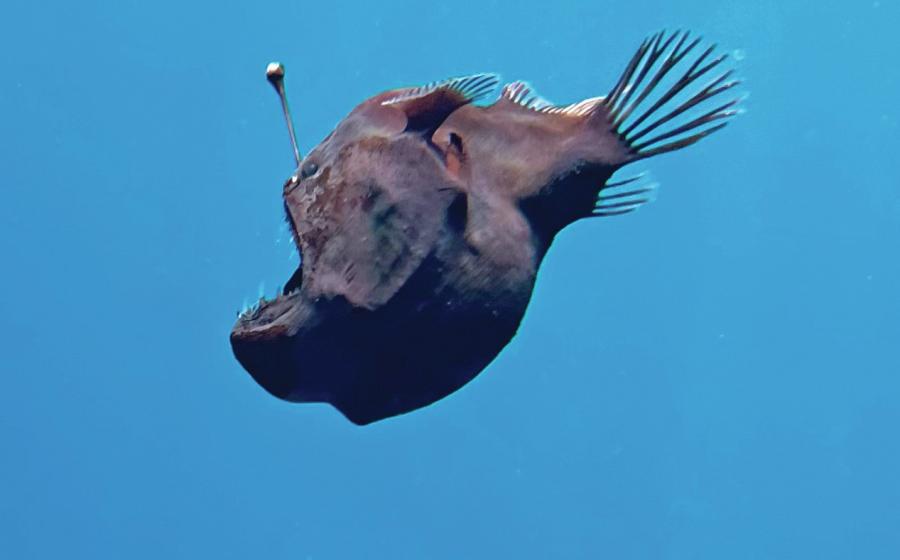Is Scuba Diving Safe for Kids?
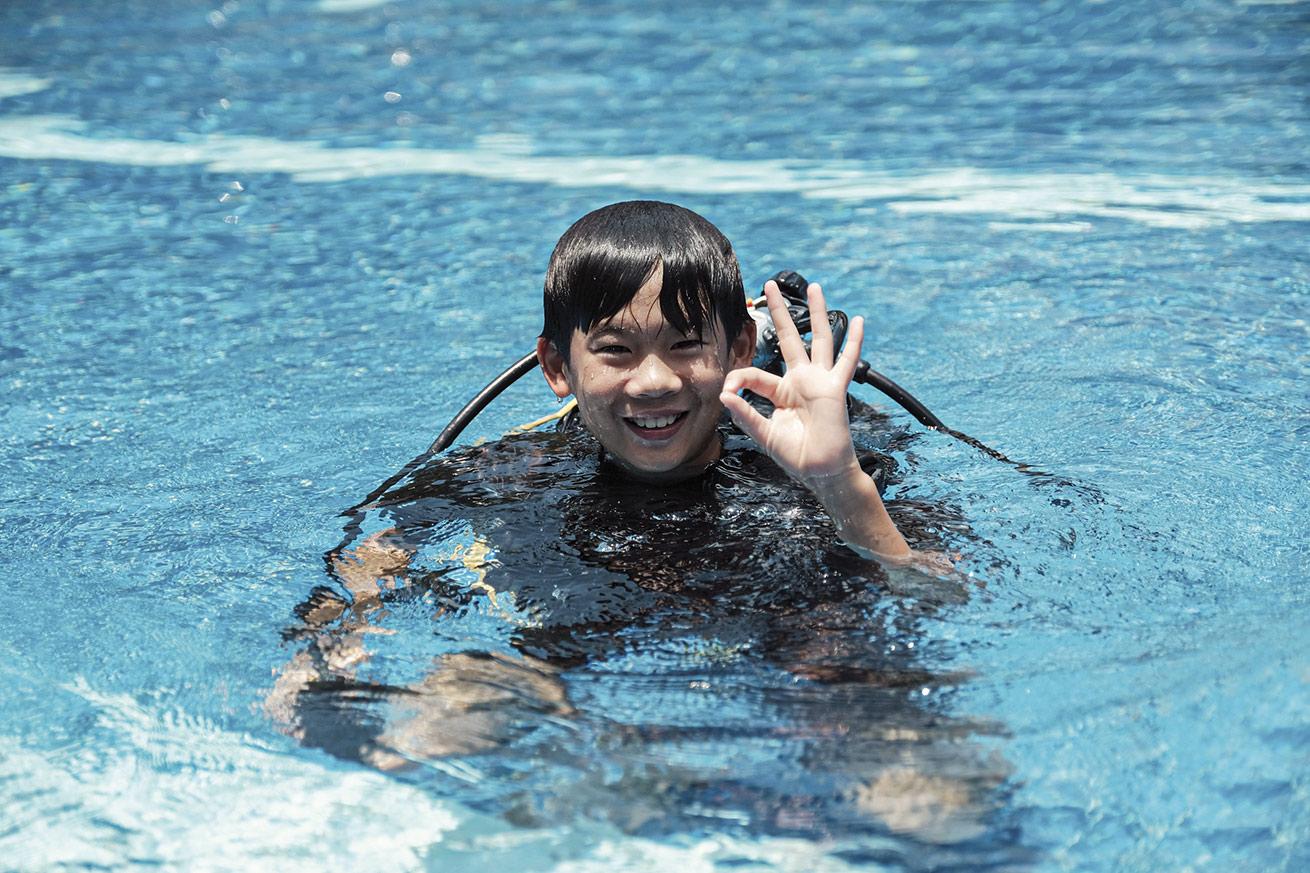
Courtesy DANDiving can be a fantastic experience for children, but it requires careful planning, medical evaluation and safety measures.
Many parents and instructors wonder if scuba diving is safe for children. Children as young as 8 years old can participate in diving through the PADI Bubblemaker program and Seal Team, but there are important differences between adult and youth divers. The latest guidelines from the South Pacific Underwater Medicine Society (SPUMS) provide insights into the medical and psychological factors to consider.
Medical Considerations
Children are not simply smaller versions of adults and should thus be treated differently. According to SPUMS, all prospective child divers should undergo a thorough medical evaluation by a doctor, including their medical history, a comprehensive physical exam and an evaluation of their mental and emotional maturity.
Certain medical conditions are considered contraindications for diving, such as:
» Epilepsy (including absence seizures)
» Anxiety and panic disorders
» Attention deficit hyperactivity disorder (ADHD)
» Asthma and chronic respiratory conditions
» Congenital heart disease, even if corrected
» Insulin-dependent diabetes mellitus
» Migraine with aura
» Ear, nose and throat issues (such as tympanostomy tubes)
» Any condition that could cause sudden incapacitation underwater
Children with any of these conditions should be evaluated carefully. In many cases, they may be advised against diving.
Related Reading: How Your Fitness Impacts Diving
Developmental Readiness
Diving requires problem-solving skills and the ability to remain calm under pressure. Although children under 15 are required to dive with a guardian or dive professional, they must still be able to make independent decisions underwater.
While adults may want children to enjoy diving as much as they do, parental excitement can sometimes place undue pressure on a child’s decision to dive. Physicians and instructors should assess whether a child is genuinely interested in diving or feeling obligated due to family expectations. If a child does not exhibit enthusiasm, comfort in water or the ability to handle stress, they may not be ready to dive safely.
Risks Unique to Child Divers
Children and adolescents face a higher risk of certain diving-related injuries compared to adults. The most common issues include:
» Middle Ear Barotrauma Young divers often have difficulty equalizing pressure in their ears, leading to pain and potential injury.
» Pulmonary Barotrauma and Arterial Gas Embolism Rapid ascents due to panic or poor buoyancy control can cause life-threatening injuries.
» Hypothermia Children lose heat more quickly than adults. Proper thermal protection is essential.
» Decompression Sickness While less common in children due to conservative dive limits, it is a risk.
To mitigate these risks, training organizations must ensure young divers master buoyancy control, breathing techniques and emergency procedures before progressing to open water.
Related Reading: Welcoming a New Generation of Divers
Best Practices
To promote safety, SPUMS recommends the following best practices:
» Medical Clearance Children should pass a diving medical exam.
» Proper Equipment Gear should be appropriately sized and provide adequate thermal protection.
» Adult Supervision At least two certified adult divers should accompany young divers.
» Restricted Dive Conditions Children should avoid hazardous marine environments and limit their depth based on training standards.
» Progressive Training Prior experience with snorkeling and pool-based training can help prepare children for open-water diving.
Diving can be a fantastic experience for children, but it requires careful planning, medical evaluation and safety measures. The SPUMS guidelines serve as an essential resource for adults to ensure safe diving for children. By assessing a child’s medical fitness, emotional maturity and in-water skills, we can foster a safe and enjoyable introduction to the underwater world for the next generation of divers.

